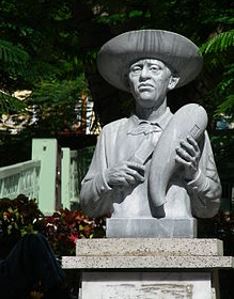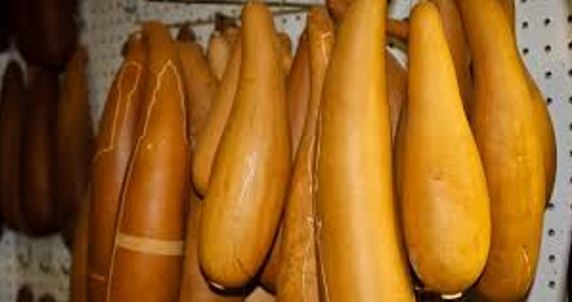This post is also available in:
 Español
Español
The güícharo is perhaps the most delicate and the most widely used instrument in the güiro family.
In previous blogs, we discussed the Güiro and the Güira. In this final blog of this series, we’ll discuss this instrument which is mostly associated with Puerto Rican folk music but is also used in many Latin American countries.
Güícharo Origins
It’s no surprise that like its other two siblings, the güícharo was also proudly inherited from the Taino Indians.
But unlike the mostly localized use of the güiro in Cuban folkloric music and the güira in Dominican folkloric music, the güícharo’s use is more widely spread throughout Latin America.
It is mostly associated with Puerto Rican folkloric music for its heavy influence on the development of Danza, Seis / Aguinaldo, and Plena.
Yet, the güícharo likely spread through Latin America from what is considered the Taino original base in Northern Venezuela. From there it went north to Puerto Rico, as far south as Brazil (called the “reco-reco”), west to Panamá (called the “churuca”), and further west to Mexico, where archeologists have found remains of a similar instrument.
Impact in Puerto Rico

The güícharo was and continues to be perhaps the most influential instrument in the folkloric music of Puerto Rico.
Its key role in the development of the Danza, considered the first truly Puerto Rican music, puts it in a place of honor. But the güícharo can also count among its merits the development of the Seis and Aguinaldo, as well as playing a key supporting role in the origins of the Plena.
Because of the above, there are several ways to play the güícharo, depending on the genre. The sound of the güícharo will depend on how it is made.
The Güícharo and Christmas
The güícharo has a delicious Christmas flavor to me. The holidays invariably bring out the folkloric music in Puerto Rico. So when I hear a güícharo in a Seis, Aguinaldo, or a Plena, I can almost feel the refreshing Christmas breeze.
When I think about it, I’m amazed at how the güiro family of instruments, being so small and simple, can have such a big influence on Latin music.
Note: in case you missed it, you can read our previous parts of this blog series, the Cuban Güiro, and the Güira.

